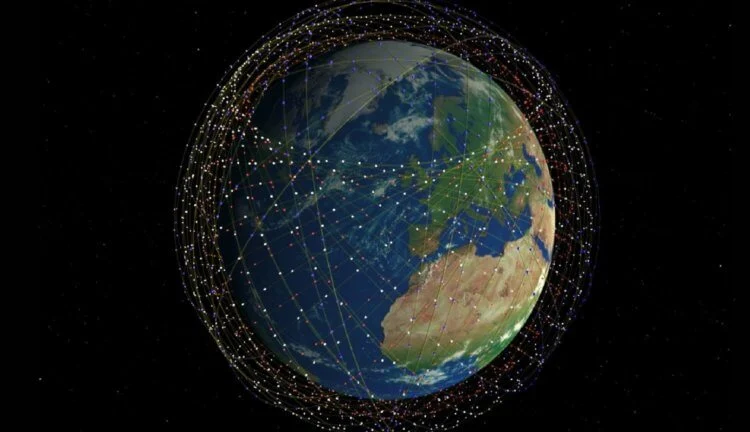Elon Musk Plans Starlink Satellite Internet Testing Within Six Months
SpaceX CEO Elon Musk has announced the timeline for launching the Starlink broadband internet service. According to Musk, closed beta testing will begin in about three months, with public beta testing expected to start in roughly six months.
Musk also clarified that the initial testing will take place at higher latitudes, such as in Germany. Currently, there are already 420 operational Starlink satellites in orbit. The company aims to deliver high-speed broadband internet to areas where access has been unreliable, expensive, or completely unavailable.
Network Coverage and Expansion Plans
For “acceptable” network coverage, Musk has stated that 720 satellites are needed. At present, SpaceX is the largest satellite operator in the world. The company has announced that the Starlink service will be available in Canada and the northern United States in 2020, with plans to expand to other parts of the world in 2021. SpaceX recently succeeded in launching another batch of Starlink satellites into orbit. Ultimately, SpaceX plans to have 42,000 satellites in Earth’s orbit to provide uninterrupted high-speed internet access worldwide.
Reducing Satellite Brightness for Astronomers
Additionally, SpaceX is working to make Starlink satellites less bright so they do not interfere with astronomical observations. Currently, the satellites stand out in the night sky due to the angle of their solar panels reflecting sunlight, and SpaceX is actively working on solutions to reduce their brightness. This issue has been reported by astronomers, who have complained about the satellites disrupting their observations.
For now, Musk says SpaceX will adjust the angle of the solar panels on the satellites. Later, some satellites will move to higher orbits and orient their solar panels toward the Sun, making them less visible to the naked eye but potentially increasing light pollution that could hinder the observation of distant objects.
To address this, future satellites will be equipped with “shields” made from materials transparent to radio waves, which will help reduce the intensity of reflected light from the satellites.



